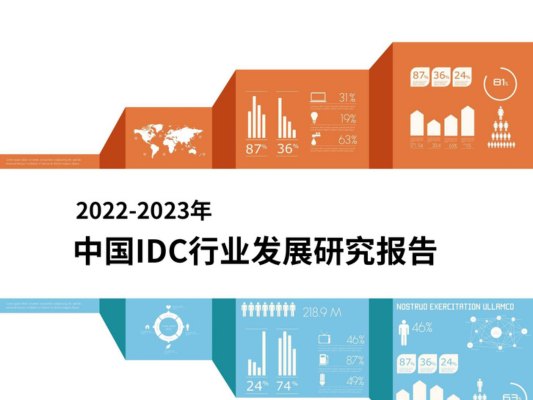GPU installed base to hit 45 million by 2034
Investment giant Brookfield Asset Management predicts continued significant growth in the data center market with “little risk of overbuilding” thanks to the AI boom.
The company, which has launched a dedicated AI infrastructure strategy, published a white paper that detailed its rosy forecasts for the sector. The company owns, or has a major stake in, Compass, Centersquare, Data4, Ascenty, Digtal Connexion, DCI, and others, alongside significant energy investments.
Citing its own internal research, Brookfield said that total spending on AI-related infrastructure will exceed $7 trillion in the next 10 years. Earlier this year, McKinsey estimated $7tn could be spent just by the end of the decade.
Brookfield believes that $4tn will be spent on chips (including fabs and supply chains) and $2tn on AI data centers. $500bn will go to power & transmission, and another $500bn will go to broader tech such as dedicated fiber connectivity, cooling solutions, and robotics manufacturing.
“AI is becoming commercial and functional in a greater number of use cases. More efficiency in AI is going to drive more demand for AI. We see very little chance of overbuilding at this point,” Connor Teskey, president of Brookfield Asset Management, said.
By the end of the year, the company predicts AI-focused data centers (known by them as AI factories) will account for about 15GW of power capacity, up from ~7GW at the end of 2024.
Over the next decade, it expects a further ~75GW. “This would bring total AI data center capacity to roughly 82GW by 2034 - more than a tenfold increase in a decade,” the paper states.
The company predicts that the installed base of GPUs will grow about sevenfold, from ~7 million in 2024 to 45 million by 2034.
Those chips will increasingly be used for inference, with around 75 percent of future AI compute demand to come from inference by 2030.
“The rise of complex AI agents, which chain dozens of model calls to accomplish a single goal, will multiply inference needs even further,” Brookfield notes. “This shift means that data center designs will increasingly be optimized for high volume inference traffic - not just concentrated large training jobs.”
Much of this will occur in GPU-as-a-service companies, such as CoreWeave. “We project GPU-as-a-service to grow from about $30bn in 2025 to over $250bn by 2034 as companies, large and small, seek flexible, on-demand access to AI horsepower without the capex commitment.”
However, for those building data centers, the rapid progress of technology means that facilities need to be built with change in mind, the company said. “To avoid obsolescence, AI hubs need modular designs so that power and cooling systems can be upgraded quickly as new chips and form factors roll out.”
Brookfield is spending heavily on AI infrastructure, just this June announcing that it would spend $10bn on a Swedish AI data center.
Earlier in February, it said that it would spend €20bn ($23bn) on AI infrastructure in France over the next five years.







